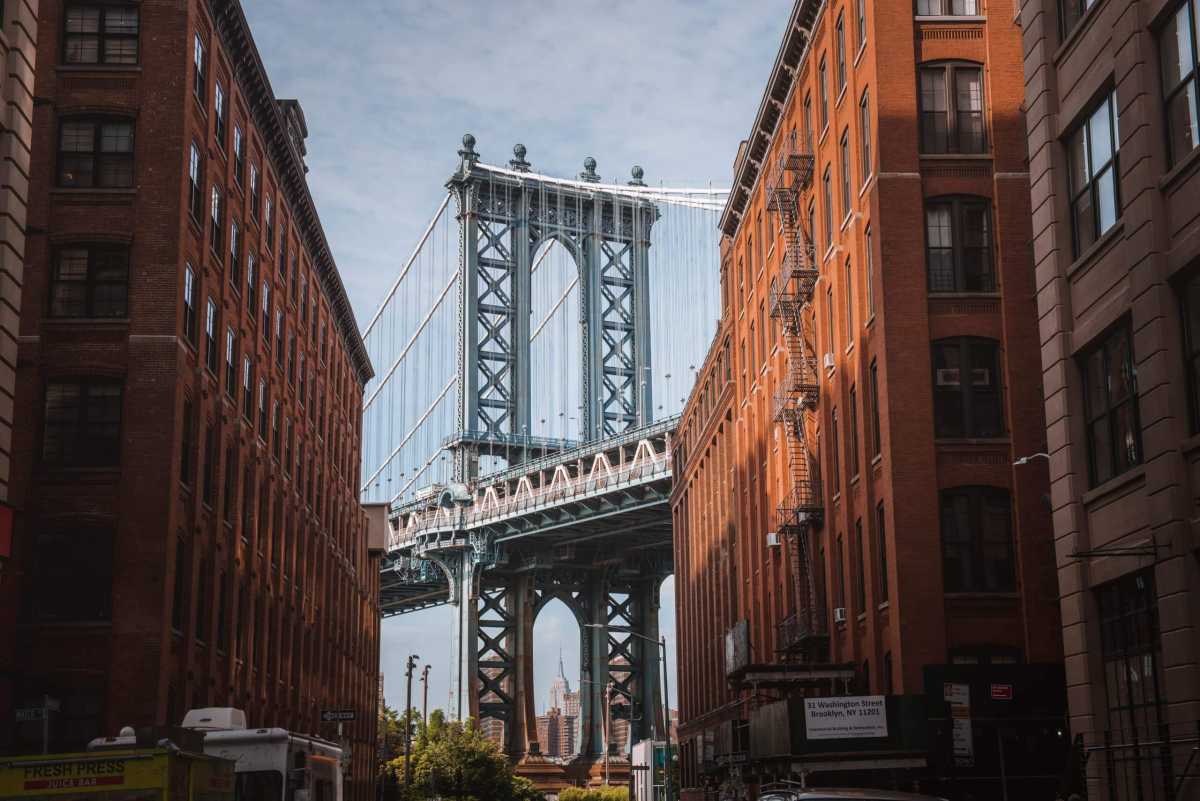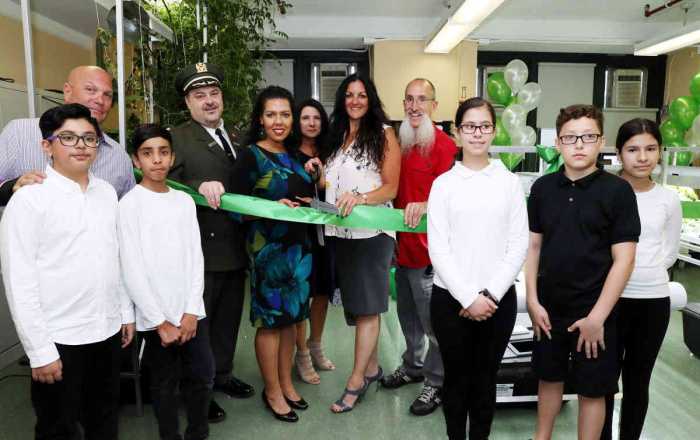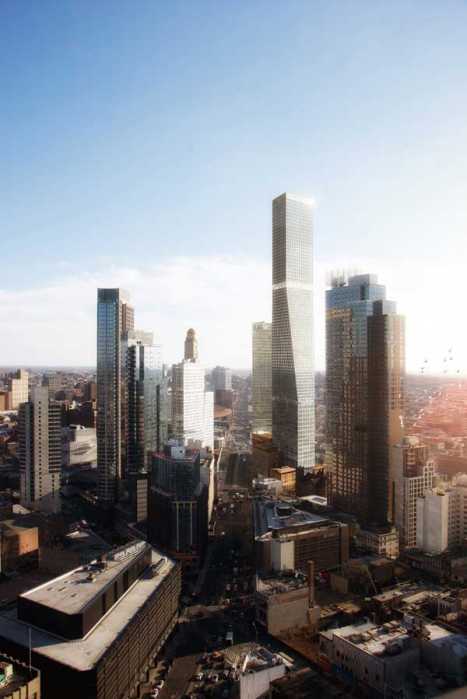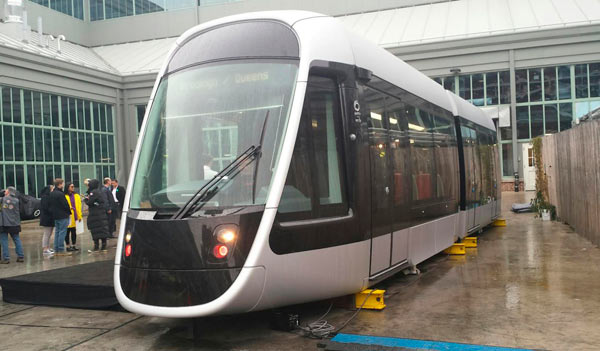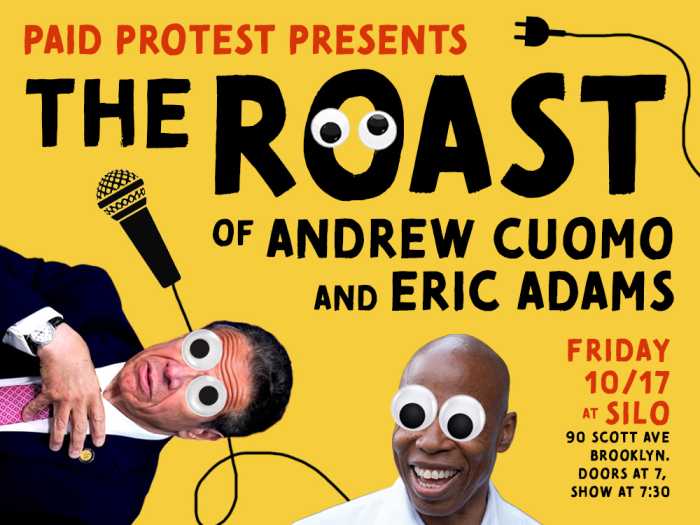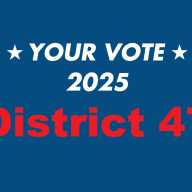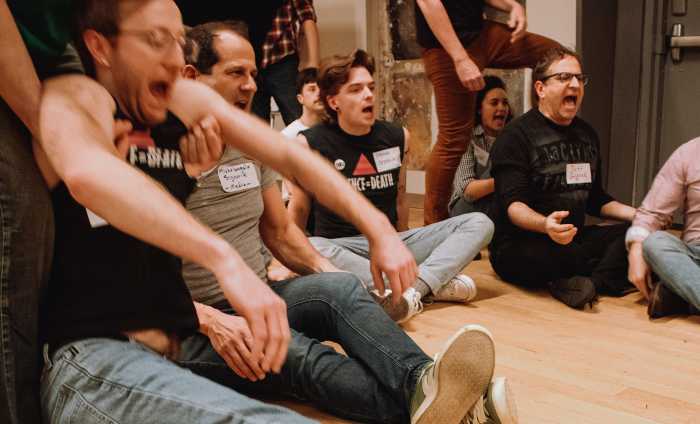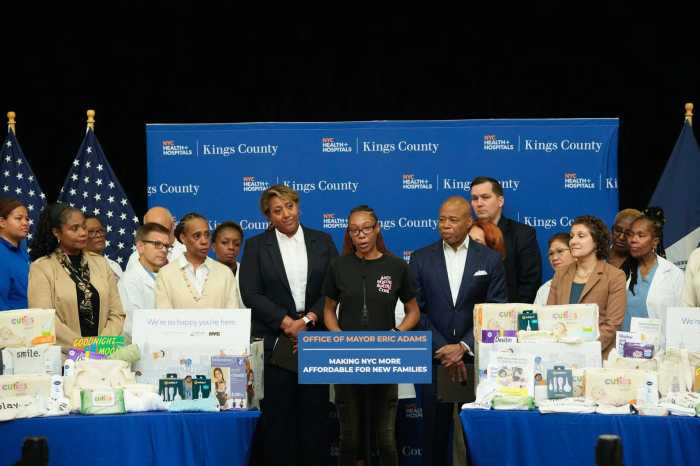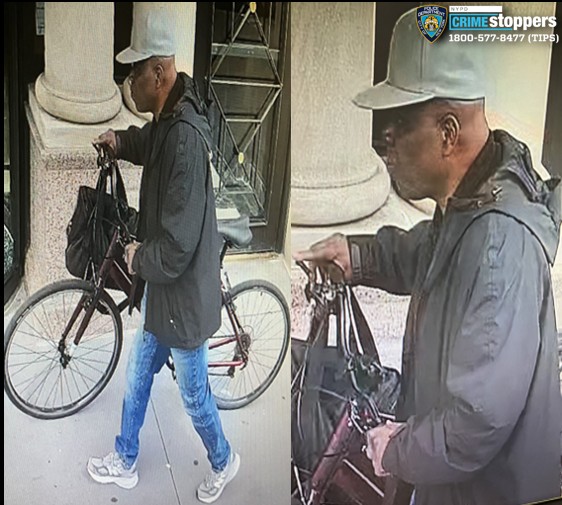Have you ever heard of “The London Plan?” How about Delhi’s “Development Authority Master Plan,” or Mexico City’s “General Development Plan?”
From London to Lagos, Bogota to São Paulo, major cities across the world have created long-term “comprehensive plans” to guide their growth and development. There’s a reason why most large cities – including those in the United States – have plans like these: they balance community needs for housing, healthcare, employment, transportation, infrastructure, and more to ensure every neighborhood can grow and thrive equitably. Comprehensive plans recognize that all urban policy, budget, and land use decisions are inherently interrelated and therefore need a shared vision to guide them. Yet, despite being the most populous city in the country, New York City is noticeably lacking a plan like this.
New York City has attempted citywide comprehensive plans a few times before, as early as the 1960s and as recently as 2020, but none have made it through to implementation. That’s why my administration has decided to take matters into our own hands and launch our very own comprehensive planning effort for the great borough of Brooklyn.
Home to 2.65 million people, Brooklyn is New York City’s largest borough. In fact, if it were its own city, Brooklyn would be the fourth most populous in the entire country – and we’re only continuing to grow. Between 2010 and 2020, Brooklyn saw the largest population growth of all five boroughs. But just because we’re growing, doesn’t mean we’re growing equitably. Amid this housing crisis, we can and must do more to make sure Brooklyn is a place where every person can build and keep a life, career, or family. Comprehensive planning is how we do that – but we need your input.
The key to comprehensive planning is to have a clear objective, and our focus is set squarely on the intersection of housing and public health. Our homes and the neighborhoods in which they reside directly influence our health outcomes. Everything from asthma to diabetes, maternal mortality, and mental health can depend on where we live and the resources we have access to. And because of decades of racist city planning and a long legacy of segregation, our Black and Brown communities and communities of color are clustered in the areas with the poorest housing conditions, the least access to resources, and the worst health outcomes.
It’s no coincidence that 90 percent of childhood lead poisoning cases involve children of color. Our comprehensive plan aims to address this injustice, guiding future development to prioritize health, well-being, and a sense of community as we build more affordable and accessible housing across our borough.
So, where do we begin? Before we can put together any land use recommendations, we need a clear understanding of the current conditions and needs that exist across Brooklyn. Just weeks ago, we released our “Planning for Public Health in Brooklyn Existing Conditions Report” containing extensive data and research into the state of Brooklyn today.
The report tells the story of our borough through demographics, health, economic and job trends, land use and built form, housing, transportation and utilities, environmental factors, and neighborhood conditions.
Missing from the picture, however, is your input. In order to make sure our understanding of Brooklyn’s diverse neighborhoods is as comprehensive as possible, we need the people who live, work, and frequent these areas to chime in. We want to know what you think is missing or misunderstood, what your lived experiences have been, and anything else that’s on your mind as you read through our existing conditions report. For any comprehensive plan to work, the challenges, needs, and desires of our neighbors have to be front and center.
Lucky for us, Brooklyn is home to an extremely engaged population who care deeply about their communities and our borough as a whole. Last week, we had the chance to see this firsthand as more than 60 Brooklynites joined us in person at Borough Hall to provide feedback on our existing conditions report and help us advance the conversation on building for public health.
If you weren’t able to make it, don’t worry because you have until Jan. 31 to provide your feedback. Just head here to get started.
Antonio Reynoso is Brooklyn’s 20th Borough President, previously serving as a councilmember representing the 34th District, including environmental justice communities in Bushwick and Williamsburg in Brooklyn and Ridgewood in Queens. This is the second in a series of monthly columns from the Brooklyn Borough President.


